|
Sonavox S10
10″ 4Ω Woofer
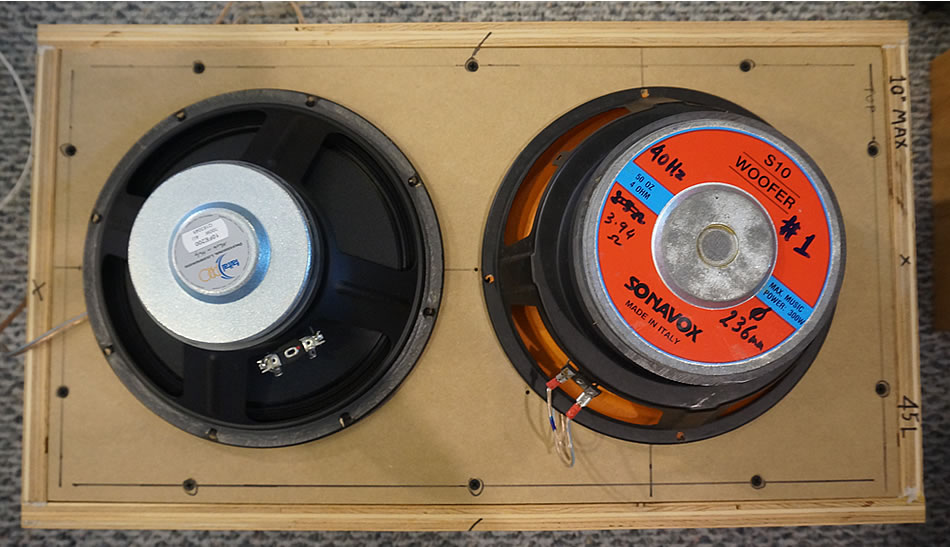
This Sonavox S10 woofer has been with me since the early 90s. What attracted me then was the huge 50 oz magnet. When compared to the FaitalPro 10FE200-4, the S10 is massive.
I bought a pair hoping that I will get a tight bass. It was a bit of a leap of faith because there were no Thiele and Small parameters. All I knew was the S10 looked like a car woofer (4Ω) and the label at the back plate was printed “Made in Italy”. Fast forward 25 years. With DATS at my disposal, I measured the S10 and to my relief, found the TS quite appealing.
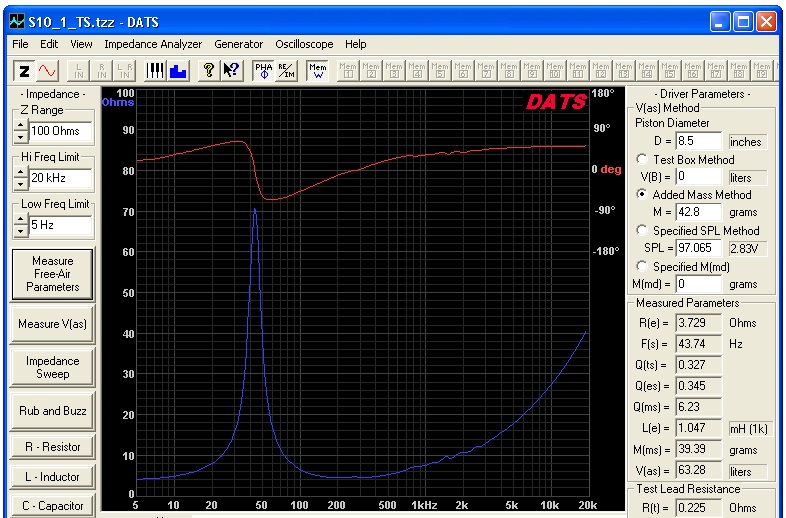 Fig 1 – Sonavox S10 Thiele & Small Fig 1 – Sonavox S10 Thiele & Small
The Qts registered a desirable 0.33. That’s my favored Qts. Hopefully, it will translate to a tight bass when loaded with a bass reflex enclosure. The next question is how low does it go. The Fs is 44Hz. That’s decent enough. Cone is not too heavy. Mms=40gm. So far, all positives. After I extracted the TS, I mounted the S10 onto the 45 liters Condor box and did a frequency sweep.
Frequency Response in 45 liters Bass Reflex. Baffle Width = 14.5″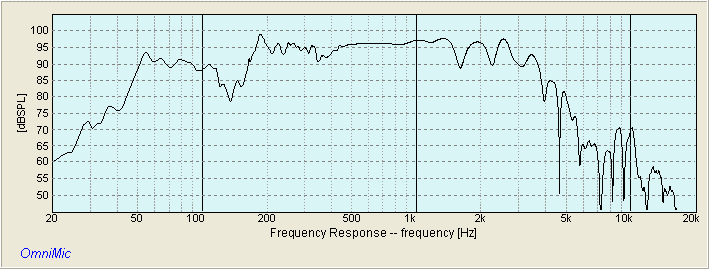
Fig 2 – Mic at 36 ins • On Axis • Impulse Window=5ms • No Smoothing applied
I was taken aback by the high sensitivity. She’s about 97dB. My first reaction was perhaps my setup has issues. I swept her a few more times and there’s no change. When I checked the TS, there it is, 97dB @ 2.83V. This is the first HiFi woofer I have whose sensitivity is as high as Pro woofers. I really don’t know what to think of it.
After I gathered myself, I played some of my test tracks to see how the S10 sounds like. As usual, this is without any crossover. Surprisingly, the S10 sounds very good. Vocals are clear. There’s no boxiness, particularly in male voices. Female singers came out fine too. No screeching.
It was when I played KennyG that it flagged some peaking at about 2kHz. Nothing too serious. This is from the cone breakup starting at 1.5kHz as seen in the frequency response plot in Fig 2. Below 1.5kHz, the S10 response is flat. No ugly notch at 1kHz like some of my other woofers.
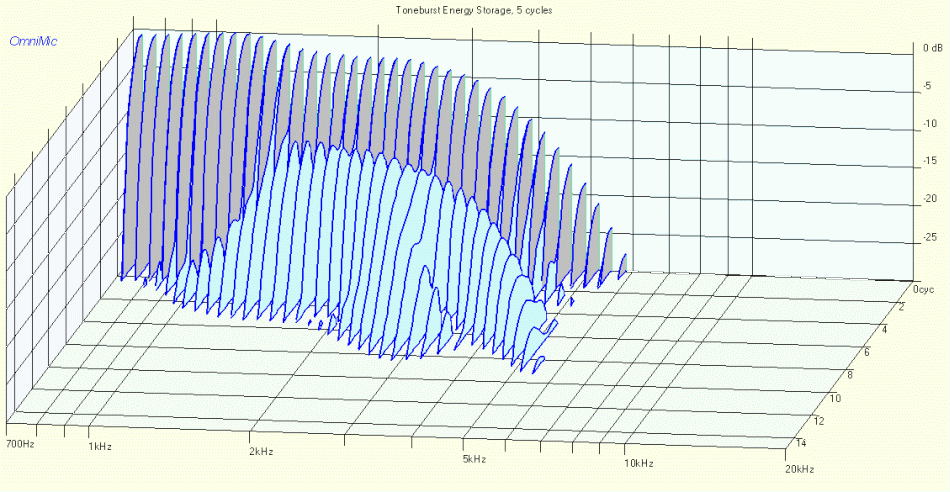 Fig 3 – S10 Toneburst Energy Storage Fig 3 – S10 Toneburst Energy Storage
To have a look at the ringing, i did a Toneburst measurement (Fig 3). It recorded a bunch of excess energy from 1kHz to 5kHz. Interestingly, the cone starts to ring at 1kHz which is not visible in FR plot in Fig 2.
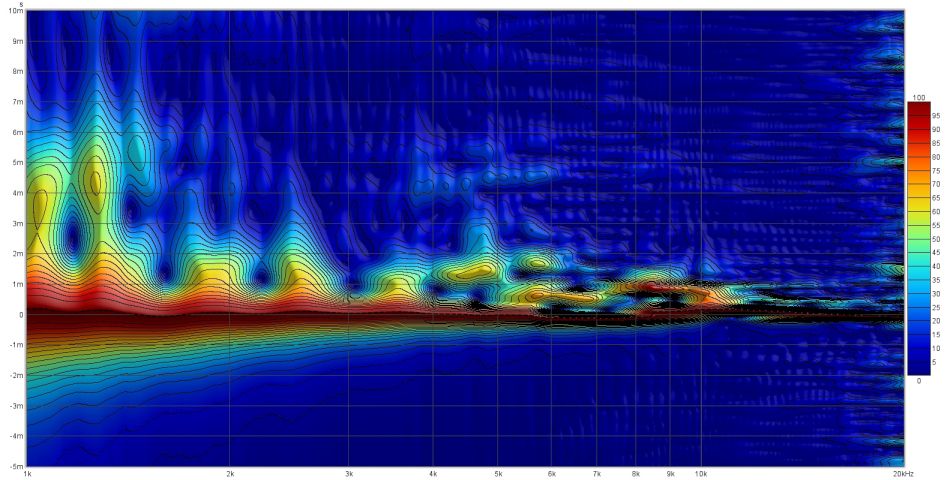 Fig 4 – S10 Spectrogram Fig 4 – S10 Spectrogram
Looking closer at the ringing at 1kHz, the Spectrogram (Fig 4) shows the energy extends to 6ms. This is quite manageable. I’ve seen worse. The cone breakup are those hot spots above 2kHz onwards. Again, they are not that harmful because they are dissipated by 2ms. So far, the S10 doesn’t present any issues. I’ll take a look at the distortion figures next.
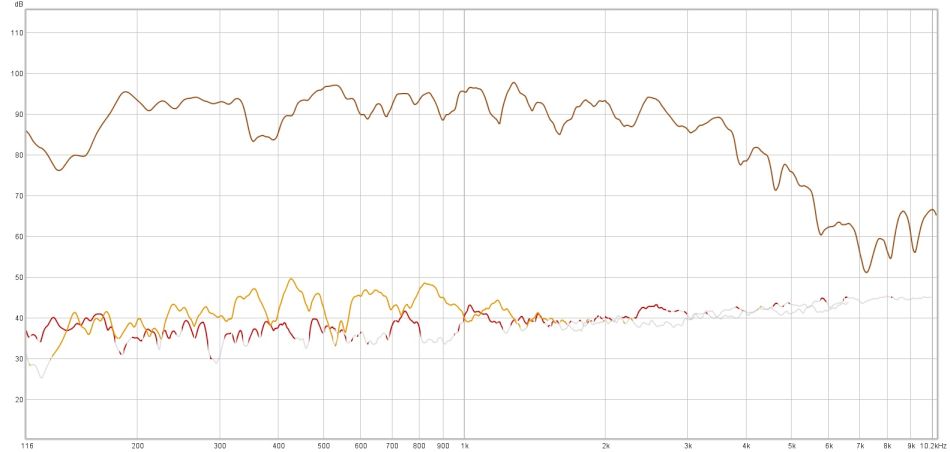 Fig 5 – S10 Distortion Fig 5 – S10 Distortion
The 2nd and 3rd harmonics are at -55dB below the fundamental. This is a typical figure. What I like about this measurement is in the cone breakup region from 1.5kHz ~ 5kHz, the distortion doesn’t go crazy. The cone rings, but distortion remains low. That’s a good sign.
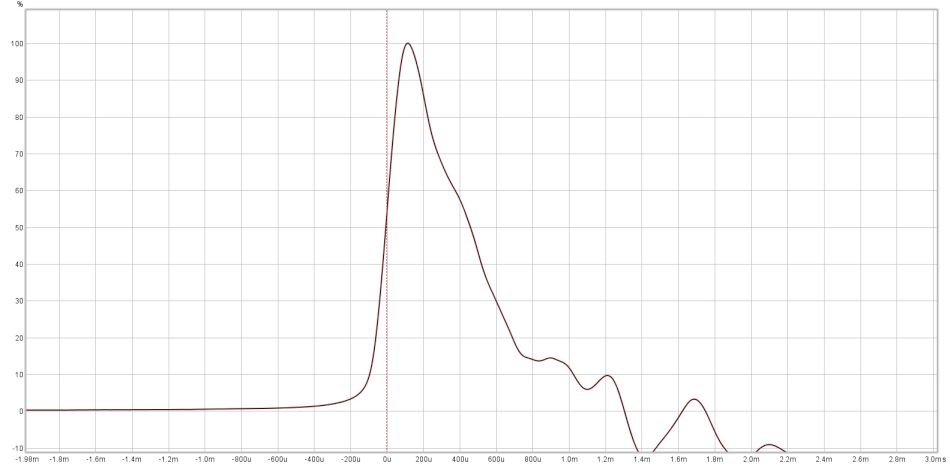 Fig 6 – S10 Step Response Fig 6 – S10 Step Response
The Step Response of the S10 (Fig 6) did not flag any issues with the transient behavior. The transition is smooth during takeoff. For a 10″ woofer, she’s relatively fast as she hits the apex at 100 microsec. Her decay is smooth too. I’m beginning to like the S10 more and more.
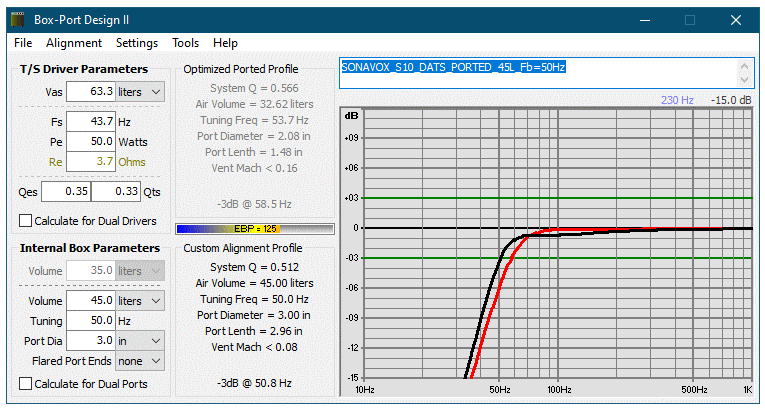 Fig 7 – S10 Box Modeling Fig 7 – S10 Box Modeling
The optimal loading of the S10 is in a Bass Reflex of 33 liters (Fig 7). That will result in an F3 at 60Hz. I rather go for a slightly larger box to get more of the lower bass. With 45 liters, the F3 is 50Hz. This is much better as it’ll cover most music.
Summary
It’s a shame that this little known Sonavox S10 woofer is nowhere to be found today. The TS is impressive, so is the frequency response. There are no nasty peaks when the cone breaks up. That will simplify the crossover. Sound wise, I can’t fault her. Though her midrange bandwidth is a bit limited, voices came out smooth, not peaky nor nasal sounding. Bass met my expectations. It’s tight with no overhang.
This S10 is best used in a 3-way. I would cross her anywhere from 125Hz ~ 700Hz. Since her sensitivity is so high, she is ideal for tube amps. All I have to do is to find a midrange that matches her sensitivity. Even though the Sonavox S10 is unobtainable nowadays, I would still like to design a speaker around her. I have visions of mating the Pioneer PD40 midrange horn with the S10. I think they make a perfect match. |


 Fig 1 – Sonavox S10 Thiele & Small
Fig 1 – Sonavox S10 Thiele & Small
 Fig 3 – S10 Toneburst Energy Storage
Fig 3 – S10 Toneburst Energy Storage Fig 4 – S10 Spectrogram
Fig 4 – S10 Spectrogram Fig 5 – S10 Distortion
Fig 5 – S10 Distortion Fig 6 – S10 Step Response
Fig 6 – S10 Step Response Fig 7 – S10 Box Modeling
Fig 7 – S10 Box Modeling